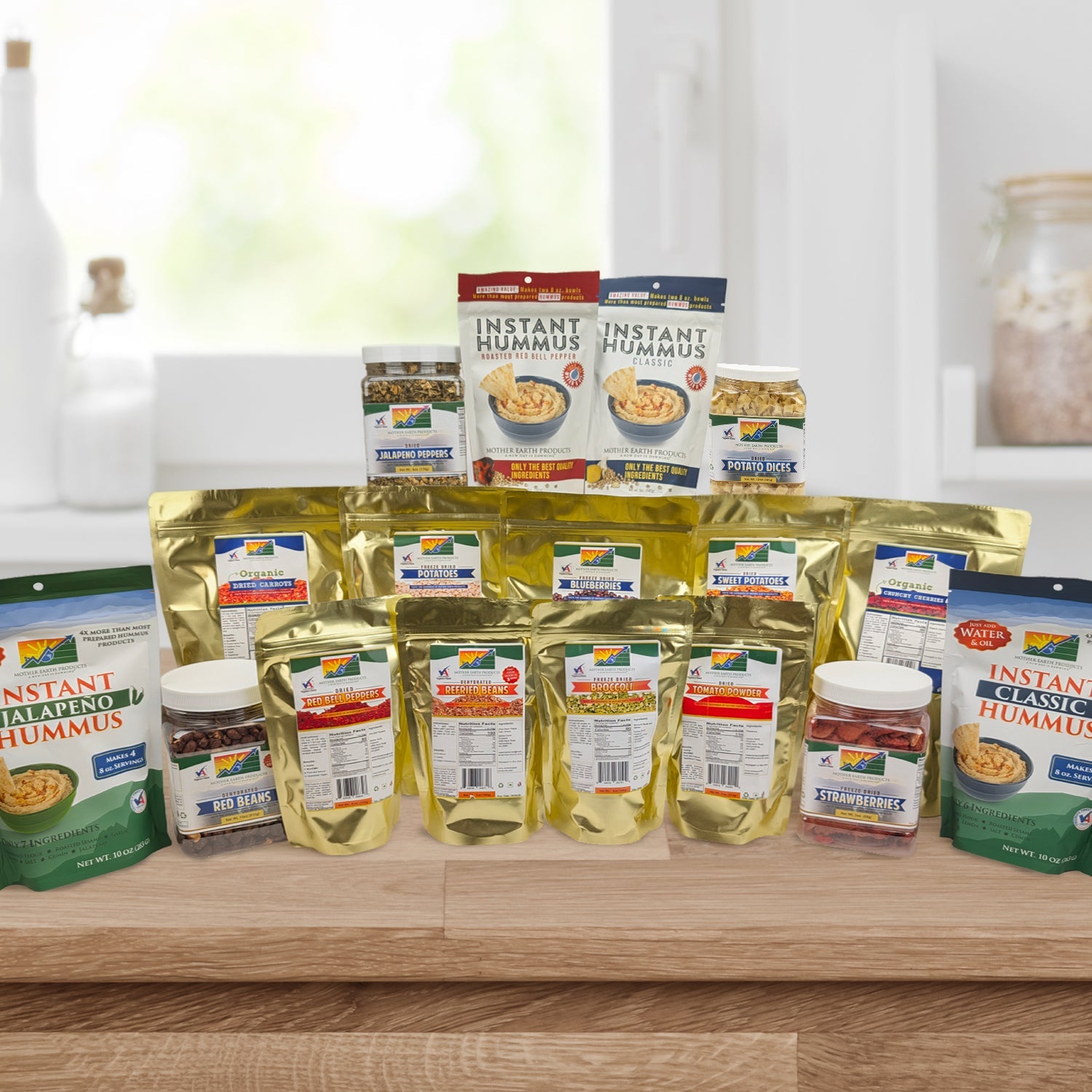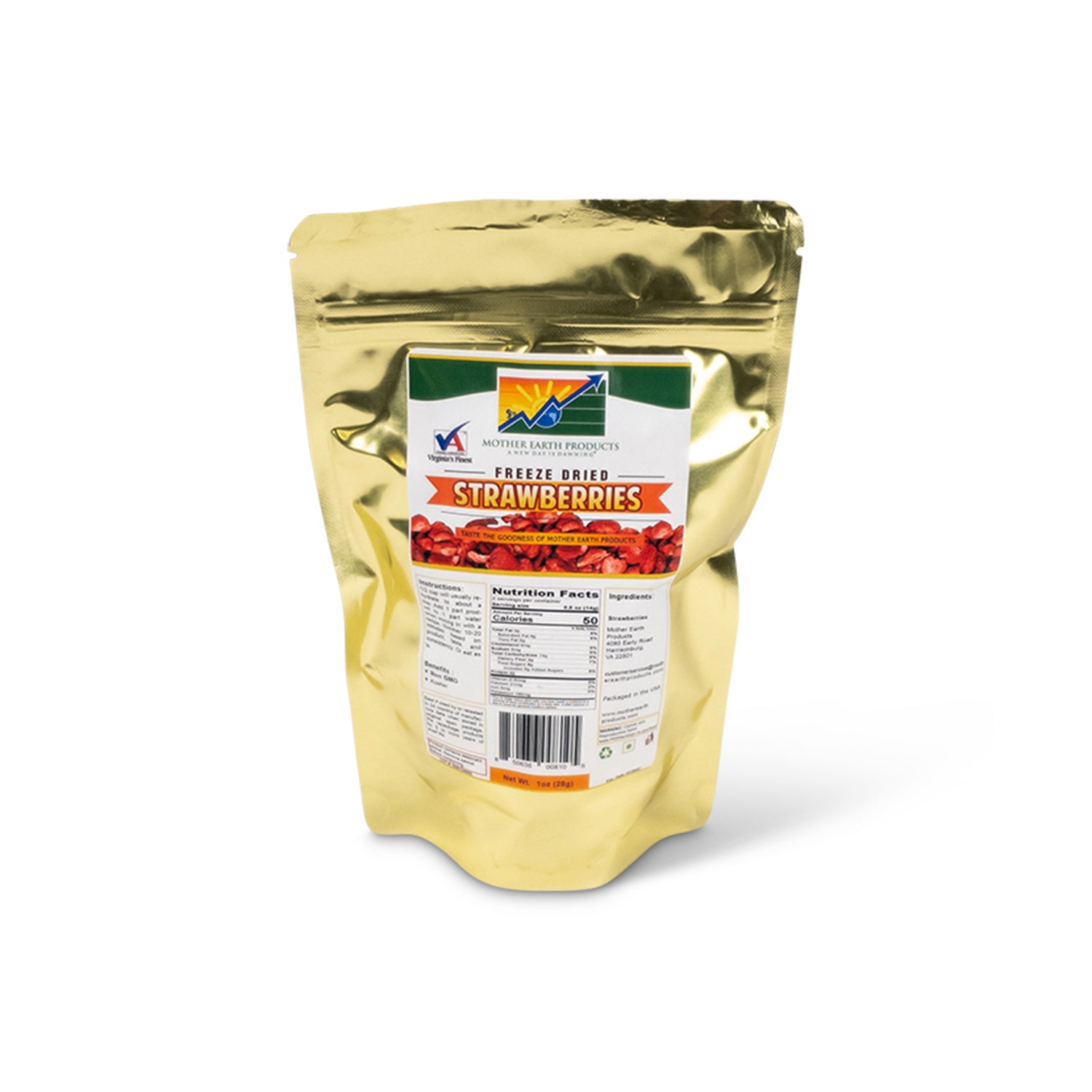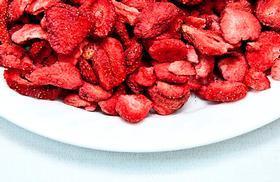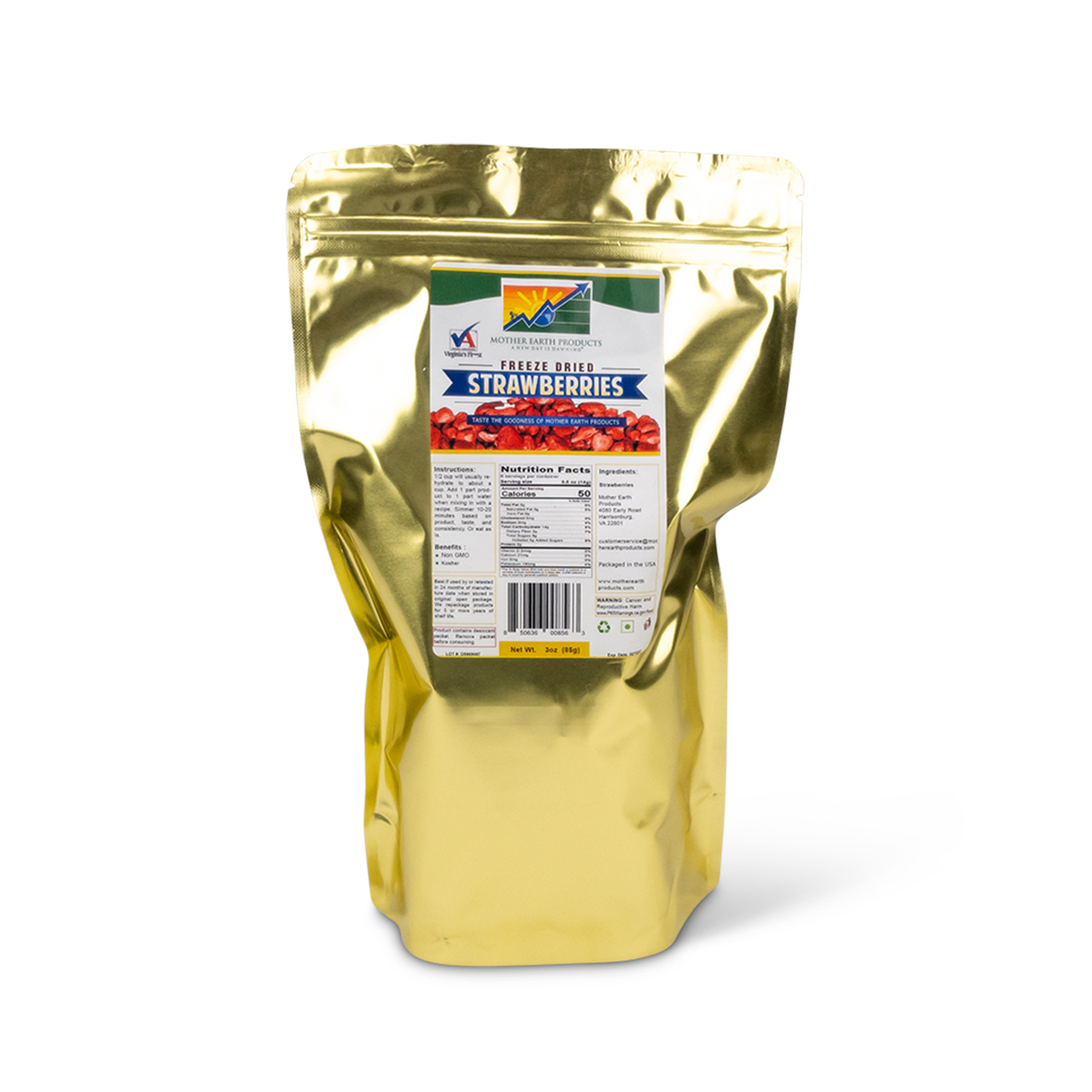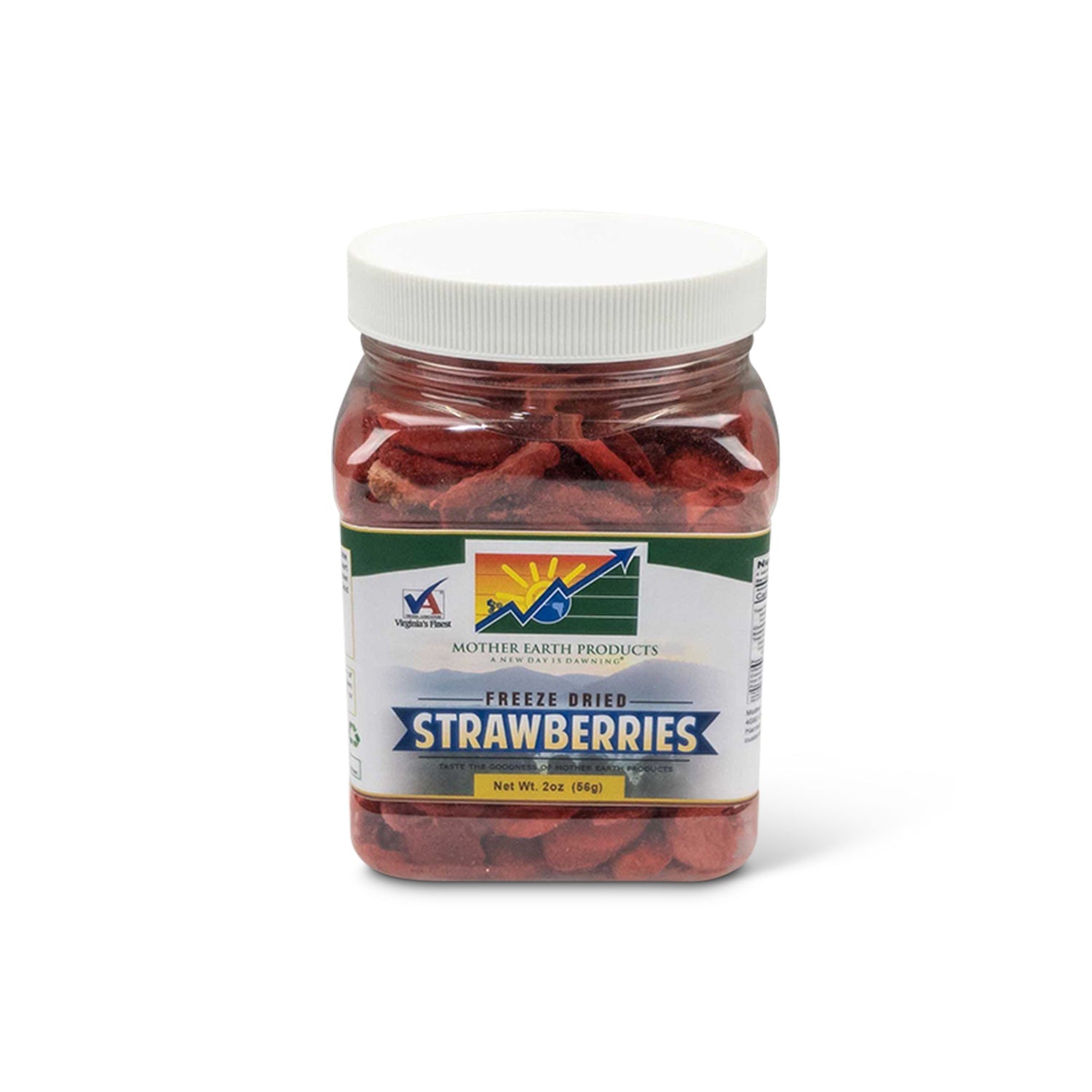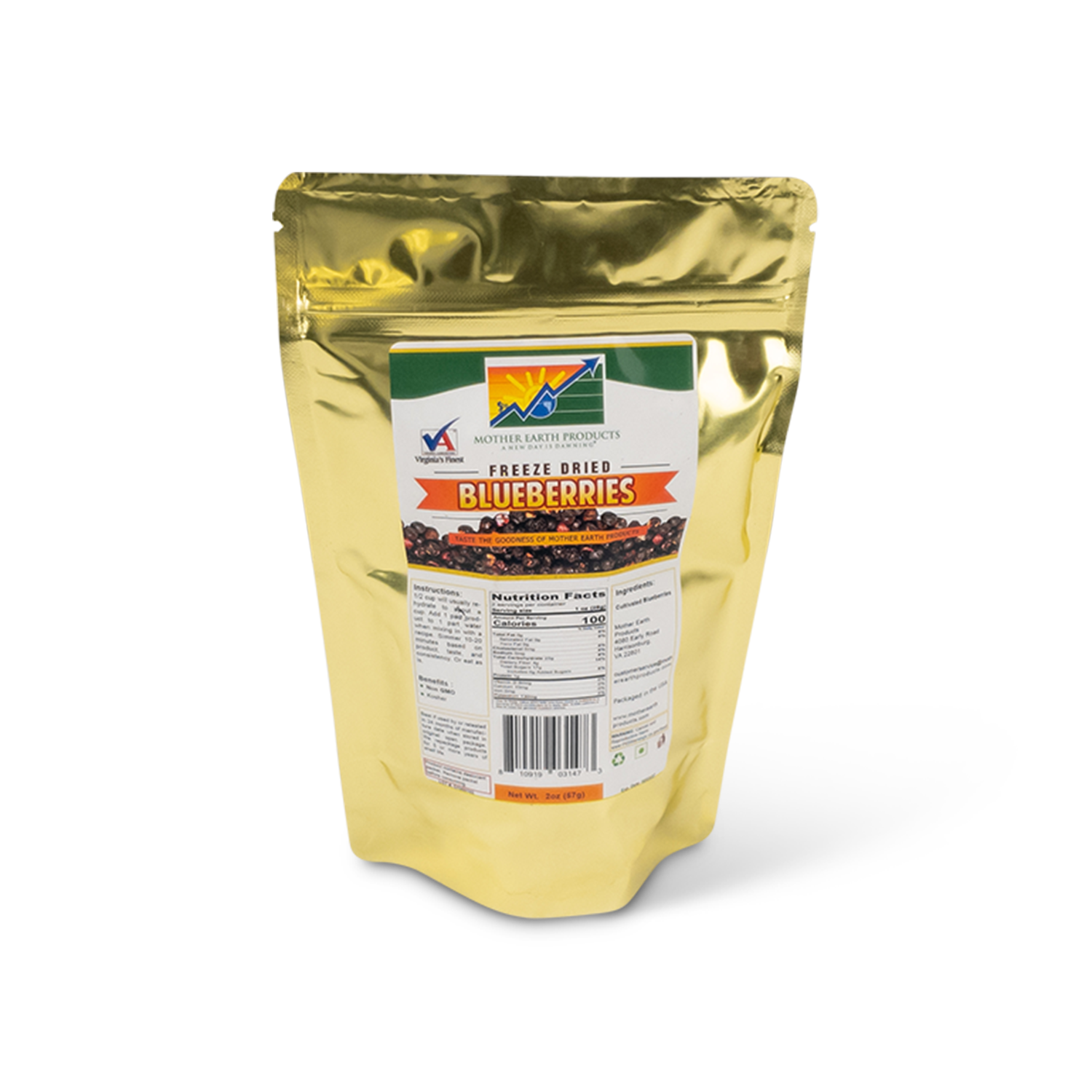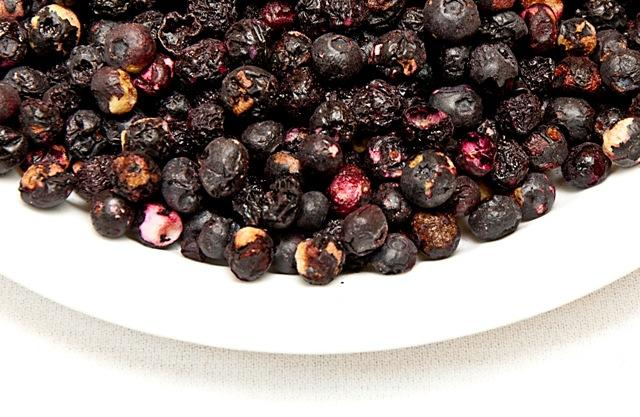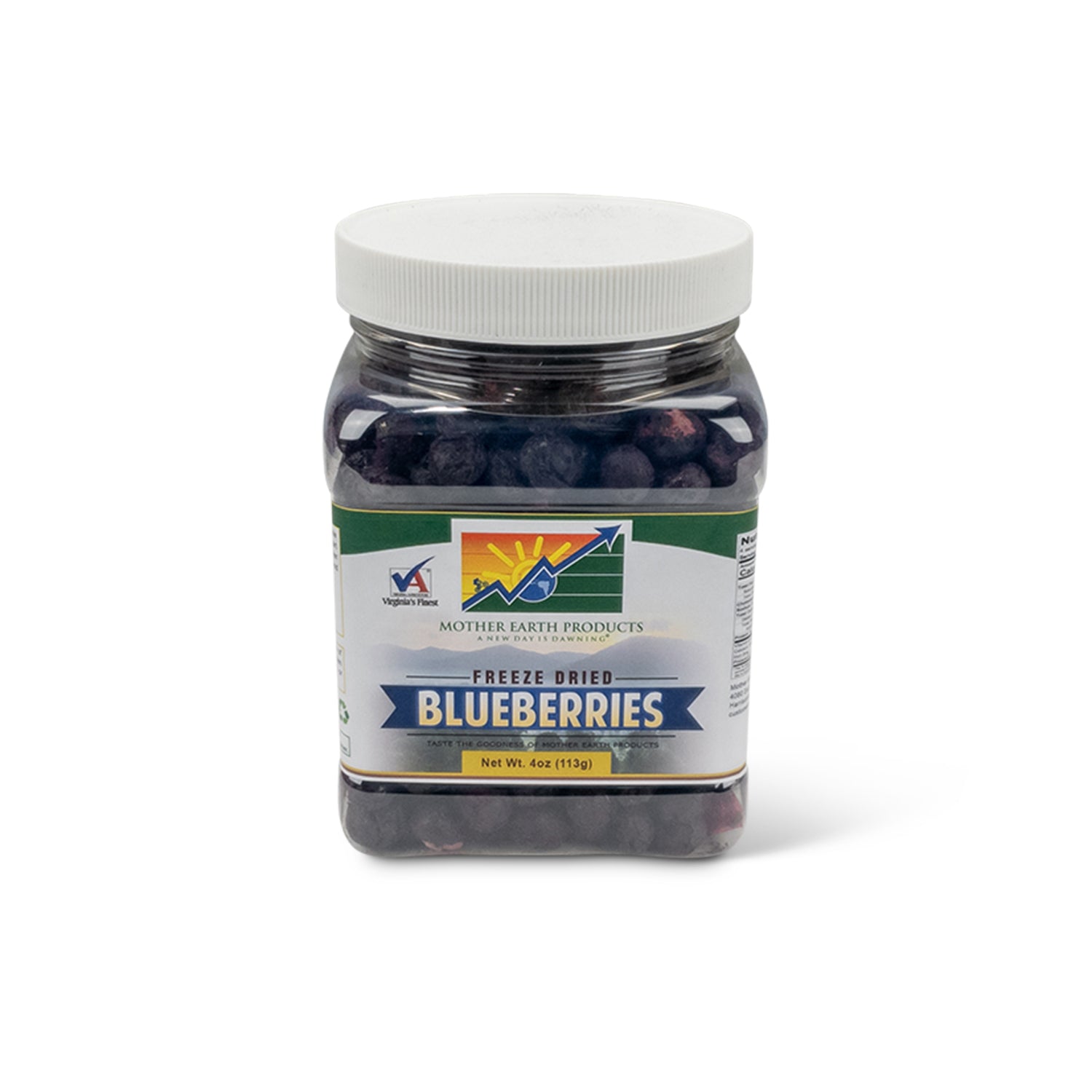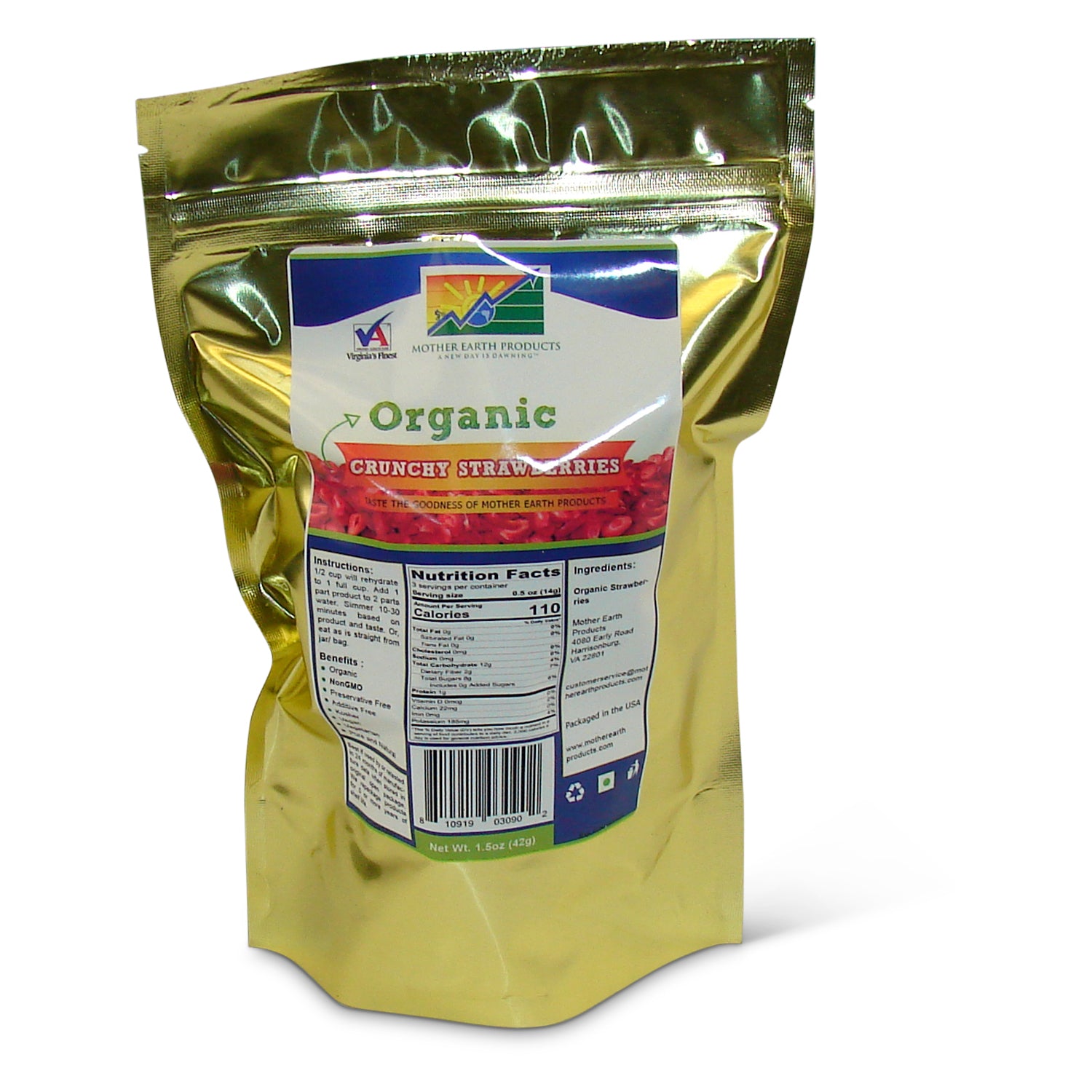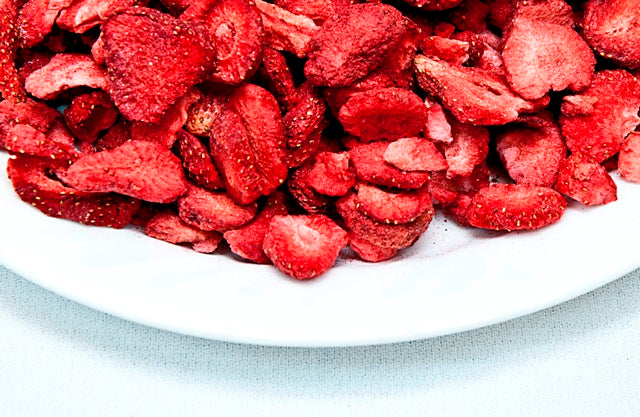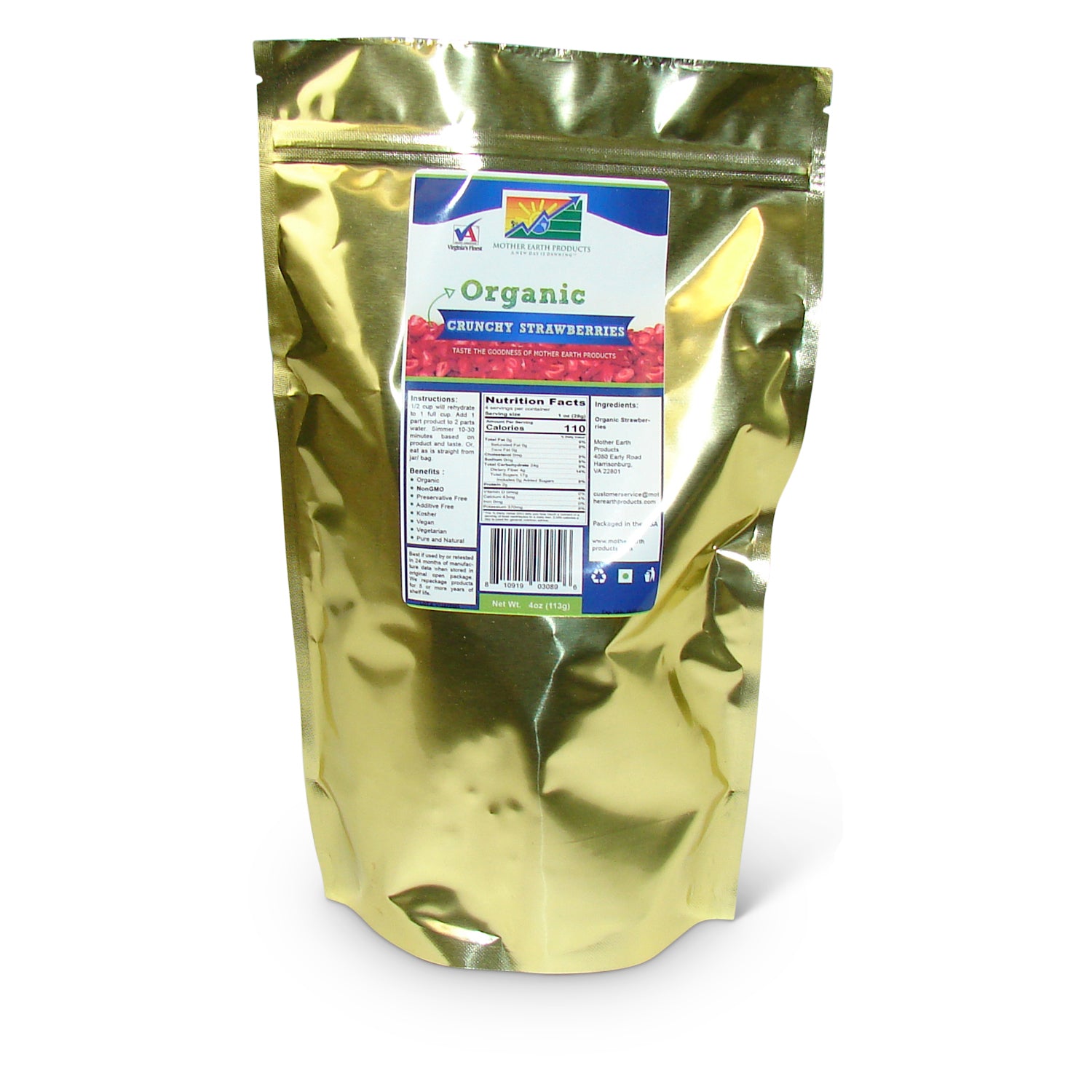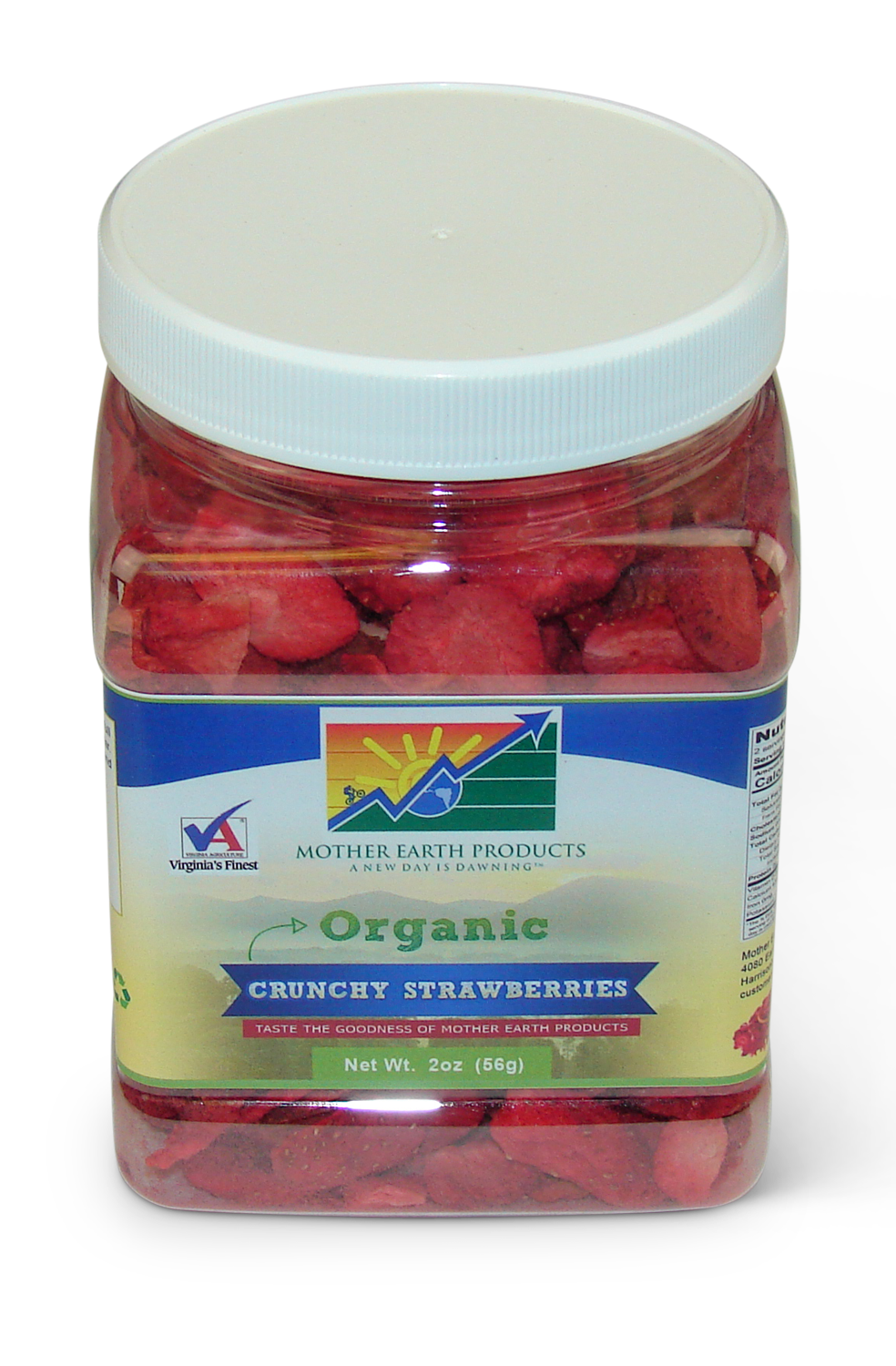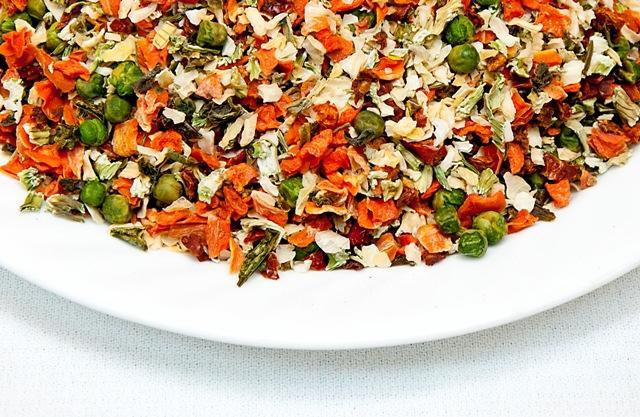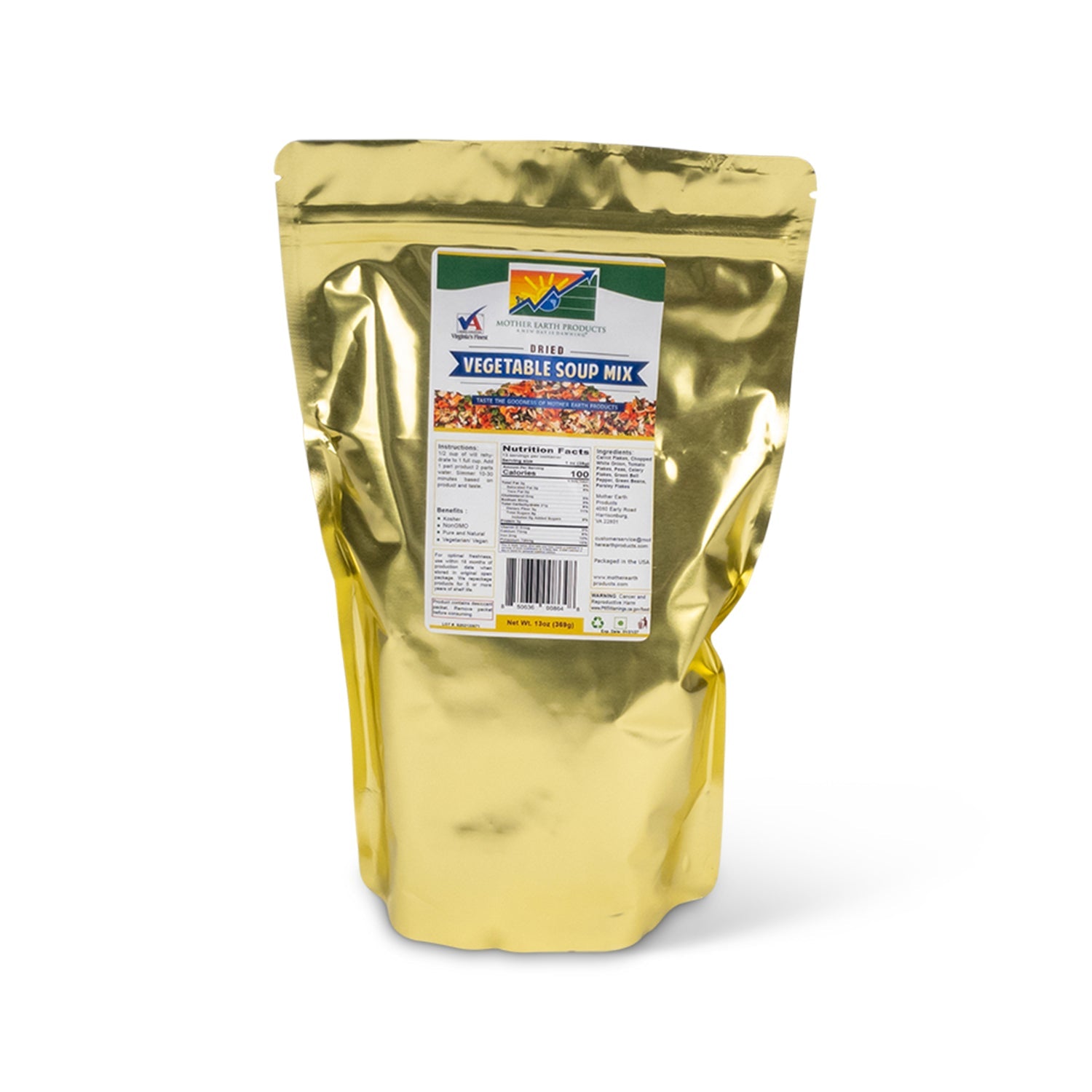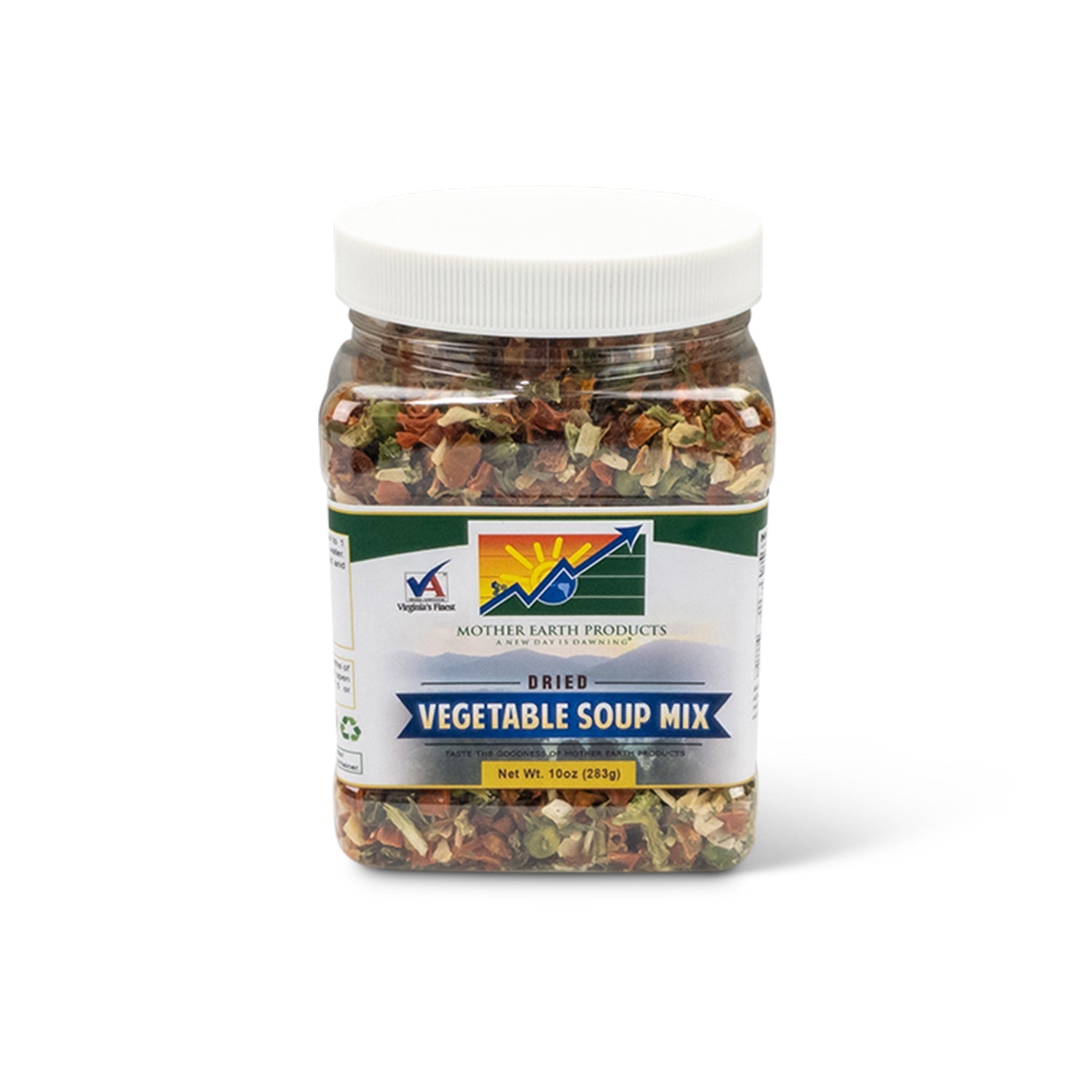On March 17th, Ireland honors the foremost saint of Ireland - St. Patrick. Honoring St. Patrick has become a global celebration. In the United States alone, approximately 39.6 million people, seven times Ireland’s population, celebrate Irish heritage.1 These celebrations have a distinct Irish vibe, which includes drinking, wearing green, and parades.
Here’s a quick glance at the history of Saint Patrick’s Day and everything that goes with it.
Who was St. Patrick?
Maewyn Succat, alias Patrick, was born to a wealthy family in Scotland. At 16, he was kidnapped and enslaved in Ireland. Years later, he fled, claiming God told him to escape from his captors, using a boat that waited at the shore to take him home.2 Years later, he travelled back to Ireland as a priest named Patrick, where he spent his life converting the Irish from Celtic paganism to Christianity.
Legend says that St. Patrick banished snakes from Ireland. According to the belief, snakes attacked him while he was fasting, and he chased them all to the ocean. The story explains the absence of snakes in Ireland since the post-glacial period.3 Saint Patrick is believed to have died on March 17th in the fifth century.1
The St. Patrick’s Day Celebrations
Traditionally, St. Patrick’s Day was a religious holiday in Ireland. The Irish laws dictated that pubs remain closed on March 17th - until the 1970s. Then, the government began using St. Patrick’s Day to showcase the Irish culture to drive tourism. Over a million people travel to Ireland annually to take part in the St. Patrick’s festival held in Dublin, which features concerts, parades, fireworks, and outdoor theatre productions.3
The first parade in the history of St. Patrick’s Day was held in the United States by Irish soldiers in the English military. They marched along the streets of New York City playing music together with fellow Irishmen. Since then, Irish patriotism among American immigrants has flourished. Every year, millions of people watch parades, including the New York City St. Patrick’s Day Parade, with participants exceeding 150,000.3
Various cities developed different traditions to celebrate St. Patrick’s Day as the Irish immigrants dispersed in the United States. For instance, dyeing the Chicago River green has been done since 1962.1
Chicago’s pollution control team traced illegal sewage using green dye, when they discovered it could be a great way to celebrate the holiday. With the aim of reducing environmental pollution, 40 pounds of vegetable dye is used to turn the river green for several hours.
Wearing Green
Wearing green attire, green accessories, or shamrocks is customary on St. Patricks Day; however, blue was the first color associated with the holiday, leading to the origin of the St. Patricks blue, a color that is widely used in Ireland. So, where did the green obsession come from?
Based on the history of St Patrick’s Day, the saint used the three leaves of legendary shamrock, a native Irish plant, to explain the Holy Trinity (the Father, the Son, and the Holy Spirit) to the Irish.3 Green is further associated with the green flag, from the 1640s, of the Irish Catholic Confederation. Another reason why green is used is Ireland's nickname - The Emerald Isle.1
St. Patrick’s Day Recipes
Although cabbage and corned beef is not a traditional Irish dish, it is a significant meal in the history of St. Patrick’s Day. The Irishmen would probably have served potatoes and bacon or pork. However, the Irish immigrants in America substituted bacon with corned beef. which was the cheaper option. Most restaurants worldwide serve Irish meals and beverages to celebrate the holiday.
Those who are not big fans of cabbage and corned beef are known to incorporate Irish delicacies to their menus, including Irish potatoes and Irish soda bread. Great ideas for desserts with an Irish touch include: whiskey added to chocolate cake and bread pudding from soda bread. Guinness is also a must, and is the most popular beer in Ireland.
Amazing Destinations for St. Patrick’s Celebrations
Dublin immerses the traveller into the Irish St. Patrick’s Day experience with numerous activities. One can learn about Ireland’s culture and see the stunning iconic buildings, enjoy a stroll in the streets illuminated in green and watch Irish dances, and indulge in the thrilling boat races on River Liffey.
New York City hosts the world’s biggest St. Patrick’s Day parade. The parade takes place along the Fifth Avenue, which is home to Central Park and St. Patrick’s Cathedral.
London is also one of the largest hosts of the St. Patrick’s Day celebration. There are numerous Irish themed restaurants offering Irish food and Guinness, and the spectacular St. Patrick’s Day Parade starts in Piccadilly. Trafalgar Square also hosts the St. Patrick’s Day Festival.
Authentic Ways to Celebrate St. Patrick’s Day
You may want to break the routine and indulge in new ways to celebrate the St. Patrick’s Day.
If you feel like spending the day indoors, here are some great Ireland films will give you a clue of what being Irish entails. Brooklyn and Leap Year are some remarkable films from and about Ireland, as well as Dare to Be Wild (about the first Irish woman to win the Chelsea Flower Show).
It is always a good time to learn new things. Dig into the history of St. Patrick’s Day and Ireland. You might be surprised about how diverse culture is. Learn how the world operated in ancient times up to date. How about adding to your language with some Irish words? "Lá fhéile Pádraig sona dhuit!" meaning "Happy St. Patrick's Day to you!" might be a good start.
You could also participate in the various Shamrock-themed races or marathons held on St. Patricks Day. Buy some green outfits and race. It is a good way to burn some calories.
Look up some Irish recipes and host some friends for lunch or dinner. You never know, you may find new recipes to add to your daily lifestyle. Challenge yourself to make your St. Patrick’s Day fun as you celebrate the Irish history and heritage. Happy Saint Patrick’s Day from Mother Earth Products.
References


